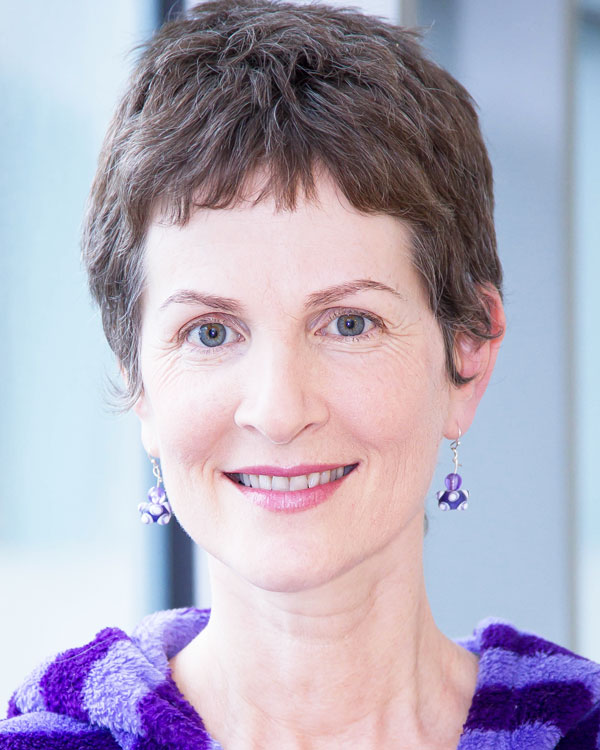
"For the first time ever, we're able to pinpoint to important molecular features shared by cancers that affect different tissues, and, conversely, to make important distinctions between cancers that affect the same tissue. This will have huge implications for therapy as we begin to design treatment plans based on a cancer's molecular signature rather than its tissue of origin."
— Denise Wolf, PhD, computational biologist at UCSF Helen Diller Comprehensive Cancer Center

Though once viewed as a monolithic entity, cancer is now known to be a diverse collection of diseases demanding a wide range of treatments, often in combination.
The exponentially increasing power of genome-sequencing technology is allowing scientists to examine tumors letter by genetic letter, with surprising results. A 2014 study led partly by UCSF scientists suggested that these new techniques could lead to more accurate diagnoses for as many as one in 10 patients, compared to traditional methods.
Combined with decades’ worth of accumulated clinical experience, such insights are already leading to radical new treatment recommendations.
For example, the most common type of breast cancer, ductal carcinoma in situ (DCIS), may be better treated with the “watchful waiting” strategies successfully used in prostate cancer rather than aggressive surgical and radiation treatments, say UCSF clinical researchers.